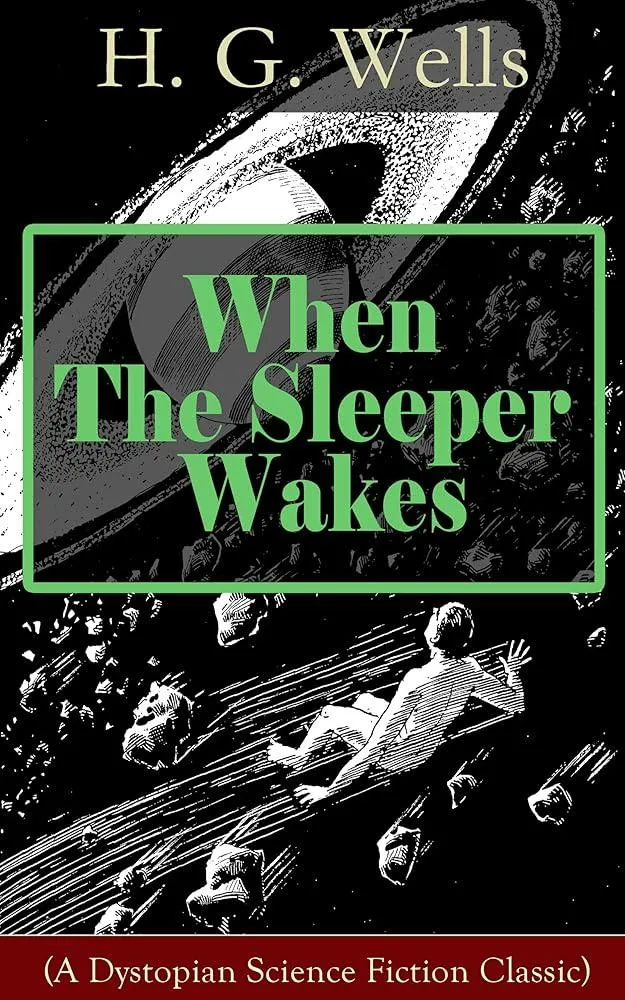As George Orwell wrote in 1940, “Everyone who has ever read When the Sleeper Wakes remembers it.” Graham, the “sleeper” of the title, falls into a cataleptic trance in 1897. Graham will survive on life support for 203 years, suddenly waking in 2100. He wakes to a London encased in a glass dome, in which the Victorian class system has hardened into castes and a revolution is brewing. An important influence on later dystopian novels, Sleeper is a deeply pessimistic book, although Wells could not resist an ending ambiguous enough to permit the reader a faint gleam of optimism. The novel was re-written and published in 1908 as The Sleeper Awakes, but this edition preserves the original version. Historical appendices include contemporary reviews, Henri Lanos illustrations from The Graphic, and other utopian fiction from the period.
H.G. Wells
H.G. Wells was a prolific English writer best known for his science fiction novels. His most notable works include "The War of the Worlds," "The Time Machine," and "The Invisible Man." Wells' writing style was characterized by his imaginative storytelling, social commentary, and exploration of scientific concepts. He is often credited with popularizing the science fiction genre and influencing future writers in the field. "The War of the Worlds" remains his most famous work, depicting a Martian invasion of Earth and exploring themes of imperialism and the resilience of humanity. Wells' contributions to literature have had a lasting impact on the genre of science fiction and continue to be celebrated to this day.











